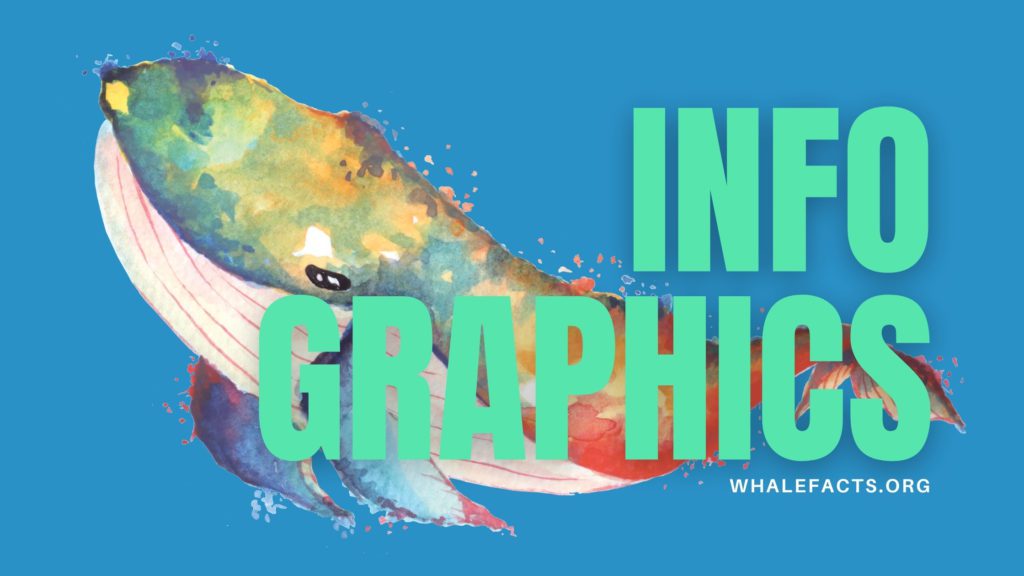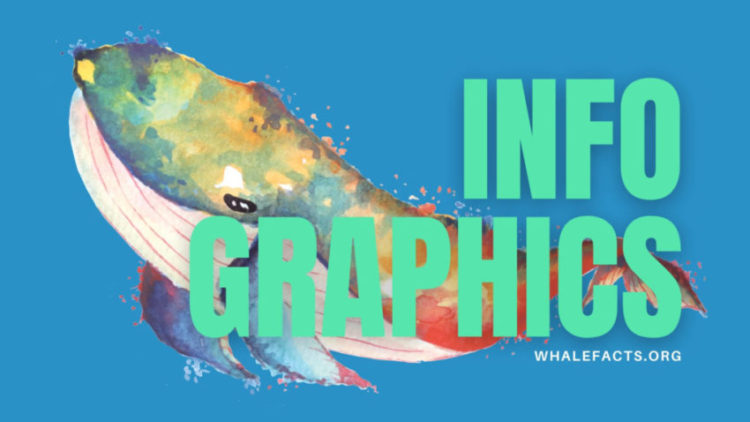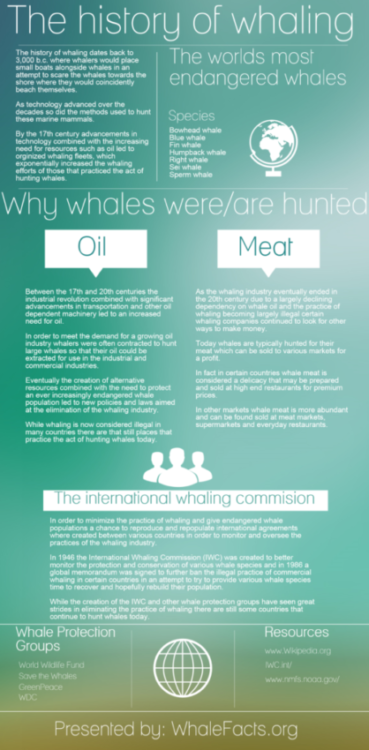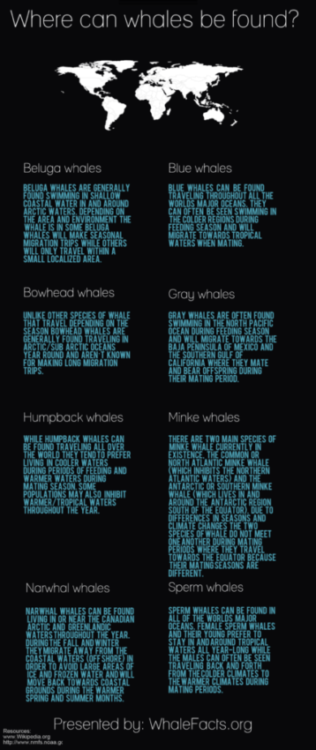We’ve created these infographics to provide you with a visual guide to information on numerous topics about the whale species.
Just scroll down the page to view one of our 4 infographics.
Enjoy!
What do whales mean in dreams? (Infographic)
For centuries people have tried to determine the meaning of whales in dreams, and in many ways the meaning a whale brings to a particular dream is often defined by what the individual sees and how they feel when they encounter a whale in their dream.
In some dreams they have been interpreted as a sign of hope, safety and opportunity for the dreamer, while in other dreams their meaning is a sign of loss, destruction and hidden secrets.
In the end however the interpretation of a whale within a dream is best interpreted by the dreamer keeping a log of their whale encounters and observing how they feel when they encounter a whale in their dream.
The history of whaling (Infographic)
The history of whaling has been recorded as far back as 3,000 B.C. when whalers would flank large whales with their small boats in an attempt to draw them towards land where they could beach the whale.
As technology improved in the 17th century the rate of whales being hunted significantly expanded causing whale populations to degrease dramatically over the next several centuries.
The reason these marine mammals were frequently hunted was due to the fact that their blubber and meat could be used as chemical additives, food, oil and candles among other things and those who hunted these animals were often well compensated for their efforts.
As populations declined various species began to become endangered eventually leading to new rules and regulations that eventually caused the cessation of commercial whaling in an effort to protect the cetacean species.
Where do whales live? (Infographic)
As a species whales can be found living in all of the world’s major oceans.
Some whale species are known to inhibit all of the major oceans of the world while other species tend to inhibit specific ocean regions or bodies of water throughout the year.
Also depending on the whales species some whales are known to travel from one region to another depending on the season and may migrate to colder waters during feeding season and warmer waters during mating season.
In fact a few species of whale have been observed performing migration trips of 10,000 – 16,000 miles in a single year!
List of Cetaceans (Infographic)
The cetacean species is made up of whales, dolphins and porpoises which are all marine mammals.
To further identify these marine mammals all cetacea are broken down into the toothed whale and baleen whale suborders based on their physical characteristics.
As a whole there are around 80 known species of cetacea in existence today with a few species known to be extremely endangered.
Because these cetaceans are marine mammals they share a number of common traits with other land mammals and marine mammals such as breathing air, being warm blooded, producing milk and going through a pregnancy (gestation) period.





